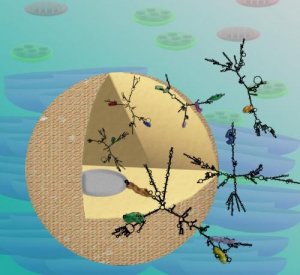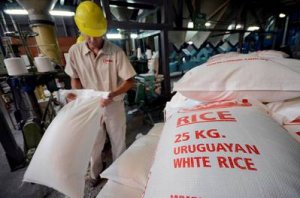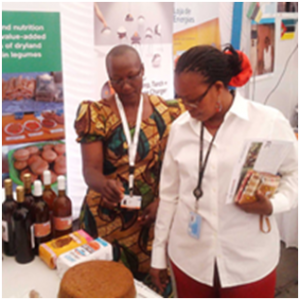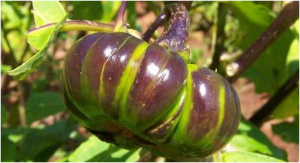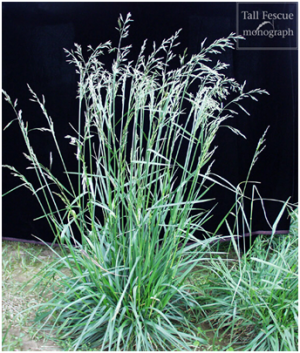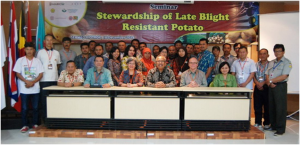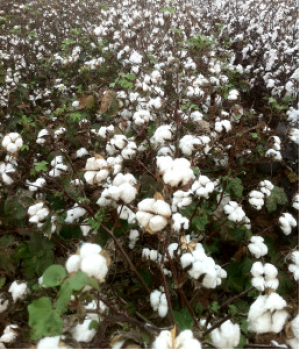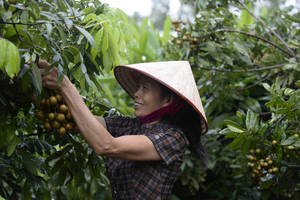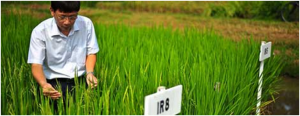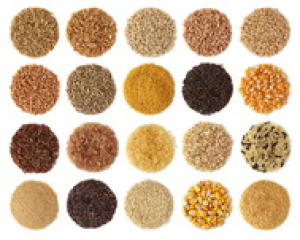|
Education and its impact on global food systems
Wednesday, 2016/08/10 | 09:48:47
|
|
IFAD Rome, 9 August – In Nunavut, the northernmost territory in Canada, Inuit high-school graduation rates are well below average, and only 40 per cent of all school-age indigenous children are attending full time.
In the Latin America and Caribbean region, on average, 85 per cent of indigenous children attend secondary education, but only 40 per cent complete that level of education.
Today, on 9 August, the United Nations (UN) is bringing attention to these startling gaps and others during the International Day of the World’s Indigenous Peoples, which this year is devoted to the right to education.
There are an estimated 370 million indigenous people in the world, living across 90 countries. They make up less than five per cent of the world's population, but account for 15 per cent of the poorest. They speak an overwhelming majority of the world's estimated 7,000 languages and represent 5,000 different cultures.
According to the UN, barriers to education for indigenous students are numerous and include stigmatization, language barriers and inadequate resources. However, even more concerning, is the link that these educational gaps can have to global poverty and hunger.
"Education issues are important and can impact global agricultural food systems," said Antonella Cordone, IFAD's Senior Technical Specialist on Indigenous Peoples.
|
|
|
|
[ Other News ]___________________________________________________
|


 Curently online :
Curently online :
 Total visitors :
Total visitors :
